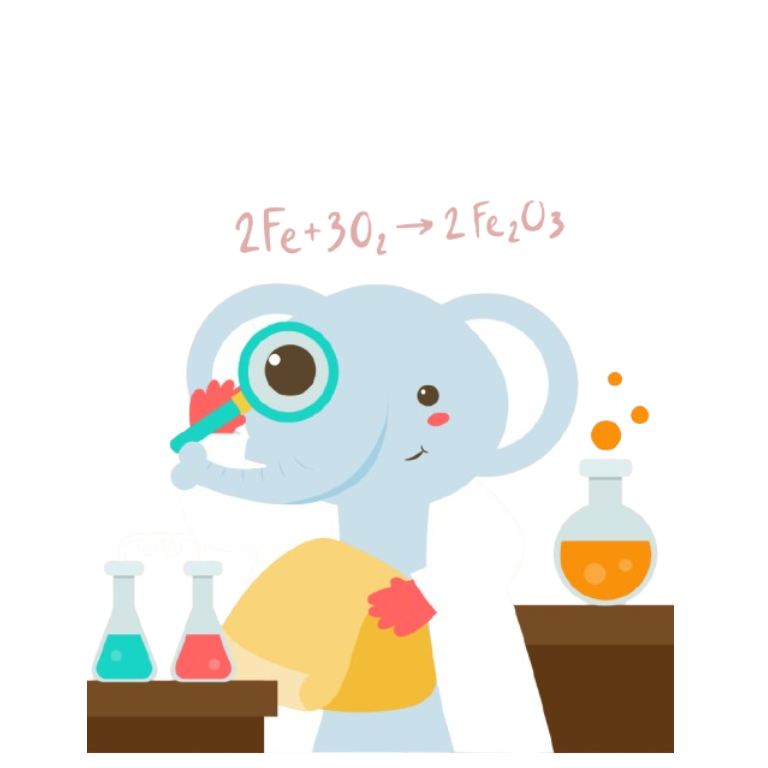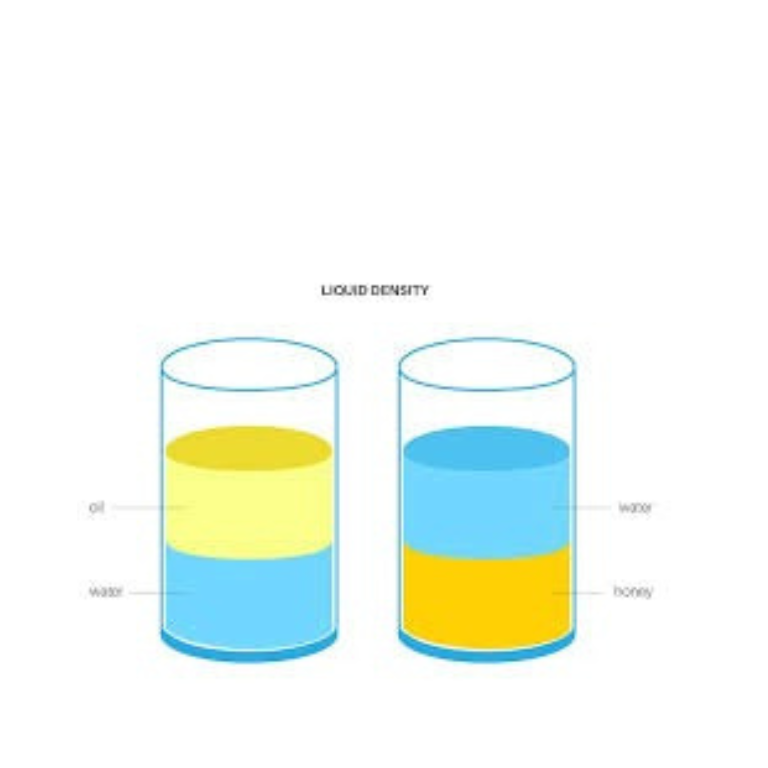Thin-Layer Chromatography (TLC)
Analyze drug/dye components using TLC technique
Thin-layer chromatography (TLC) is a chromatography technique used to separate non-volatile mixtures. Observe how different compounds travel at different rates on the TLC plate based on their polarity!
Ready to Start
Rf Values:
Procedure:
1. Prepare the TLC plate by spotting samples. 2. Develop the chromatogram in solvent. 3. Analyze the separated components.
The Science Behind TLC
Key Concepts:
Thin-layer chromatography separates compounds based on their differing affinities for the stationary phase (TLC plate) and mobile phase (solvent):
- Stationary phase: Usually silica gel or alumina on a glass, metal, or plastic plate
- Mobile phase: Solvent or solvent mixture that moves up the plate by capillary action
- Rf value: Distance traveled by compound divided by distance traveled by solvent front
Applications:
TLC is used in drug analysis, forensics, food chemistry, and environmental testing to identify compounds, determine purity, and monitor reactions.



